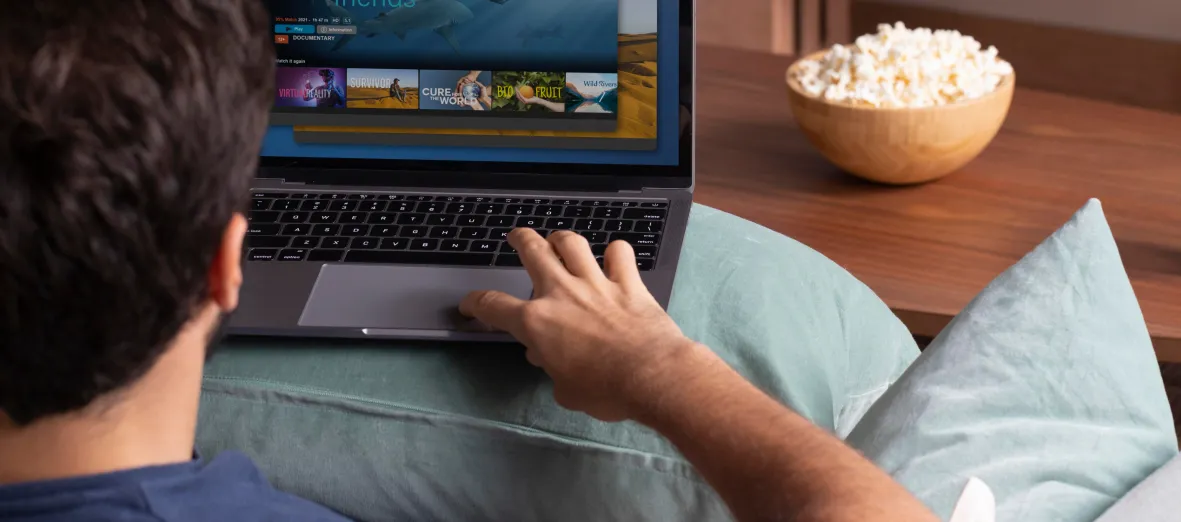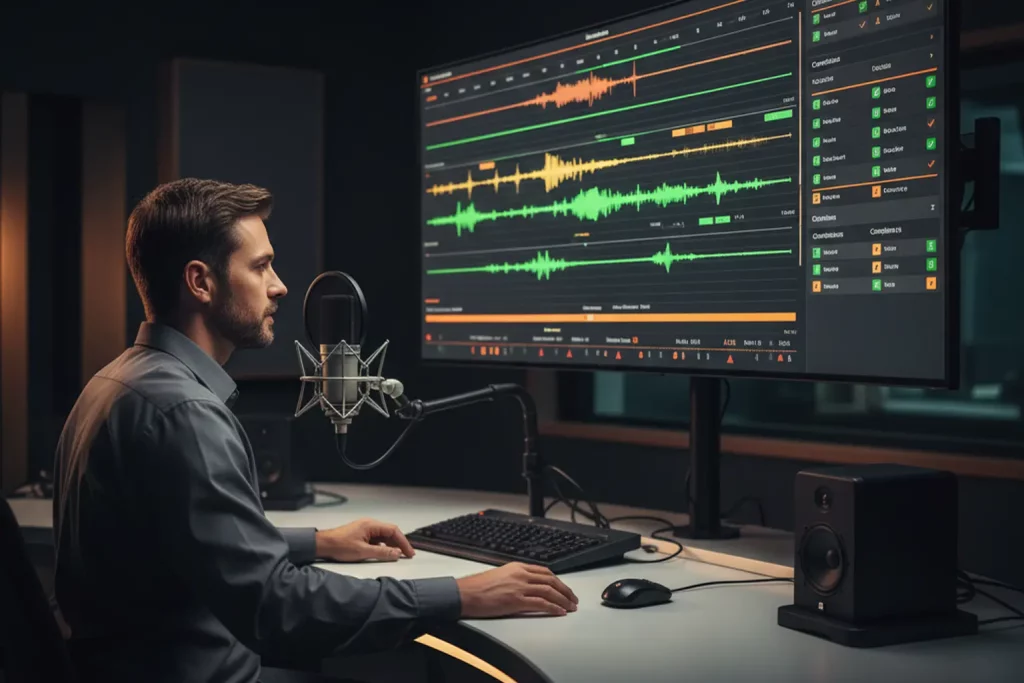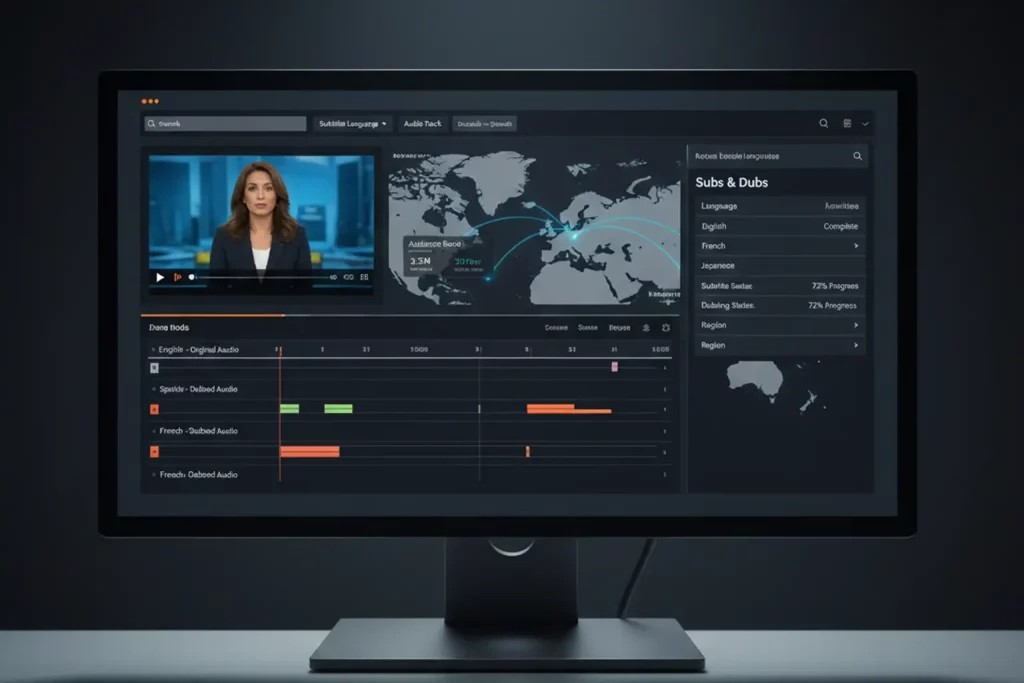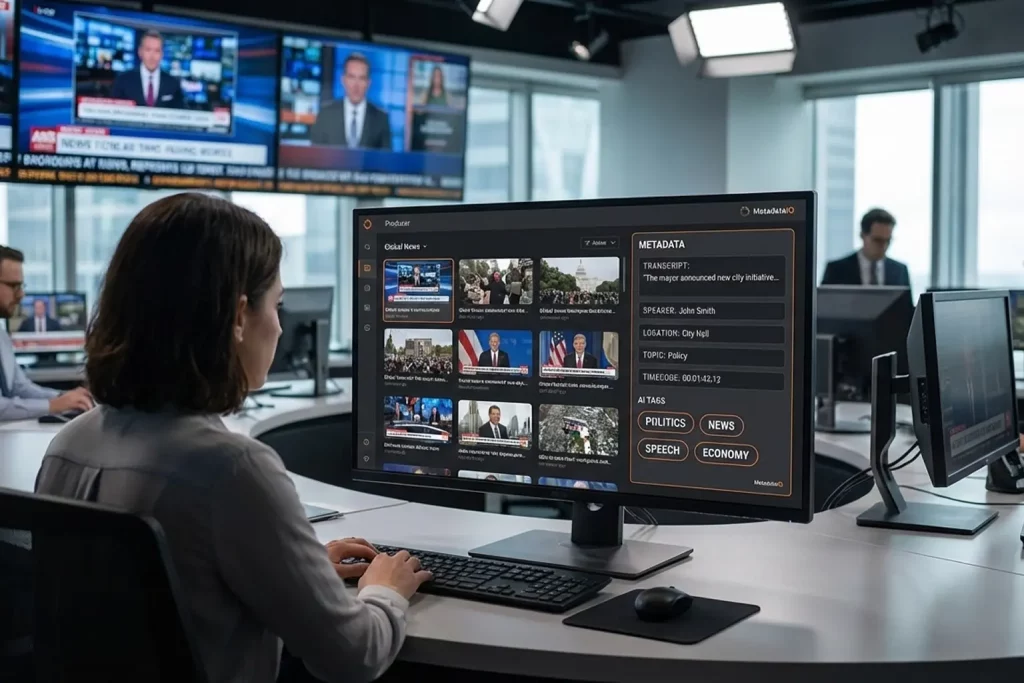Are you a broadcast house just starting its journey of adding captions to your media? Digital Nirvana has the captioning guidelines you need to generate captions.
As you navigate through the guidelines and styles for adding captions, an important question needs to be addressed – what type and style of closed captions are best suitable for you?
We know it’s daunting; therefore, this blog breaks down the three types of closed captions mentioned by the Described and Captioned Media Program (DCMP), who uses them, and what they look like.
Pop-on captions –
Pop-on captions are just what the name suggests. They pop on the screen, stay there for the stipulated time and then disappear when the following captions appear. Pop-on captions are widely used in prerecorded streaming, broadcast, and web-based content.
Since pop-on captions are highly customizable to fit the viewing experience, it is the preferred choice for prerecorded content. Adding pop-on captions to prerecorded content makes it possible to have closely synchronized captions with words as they are spoken. Captioners can also enhance the viewing experience by exploring the timing, tone, and location of captions and speakers.
However, pop-on captions have many drawbacks when displayed on prerecorded web content. Many players and applications have limitations that result in captions lacking elements like caption movement, italics, and many more. These captions are usually delivered in a sidecar caption format, such as SRT.
Roll-up captions –
As the name indicates, roll-up captions are closed captions that constantly roll up on the screen. The captions keep rolling one under the other, allowing viewers ample time to read them. Each sentence rolls up to three lines.
Roll-up captions are mostly verbatim and synchronized, using double chevrons to indicate the different speakers. As multiple sentences appear on screen, roll-ups captions have a strict reading rate limit regarding time. The sentences appear faster on screen but stay longer than the pop-up captions.
Roll-up captions are widely used for live captioning due to strict deadlines and the capability of real-time, speedy dialogue syncing. Prerecorded shows and programs rarely utilize roll-up captions except in soap operas for easy comprehension.
Paint-on captions –
Paint-on captions are pretty similar to roll-up captions, and words are painted from left to right instead of popping on all at once and are usually verbatim. To the viewer, the captions appear to be written as they read along, and it is difficult to notice unless the program is captioned in the paint-on method.
Paint-on captions are not used very often and are nonstandard in the industry. However, paint-on captions are occasionally used as the opening captions for the prerecorded programs to avoid load-time delays of pop-up captions.
Choosing paint-on or roll-up caption styles will vary depending on whether you’re utilizing live or prerecorded captioning. At the same time, both typically adhere to one kind due to the technical limitations of every type of programming.




